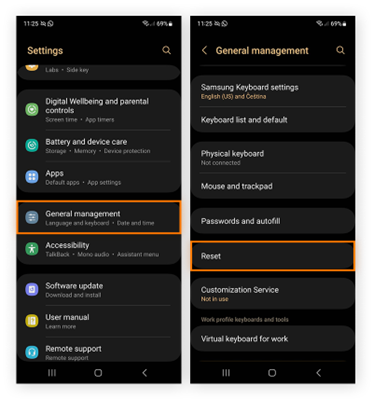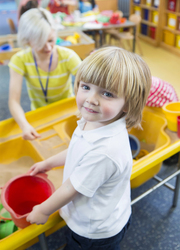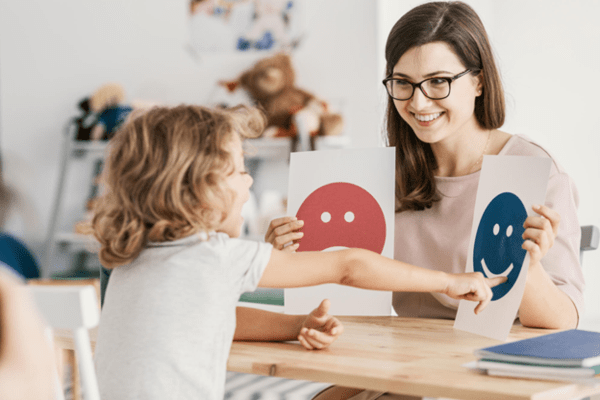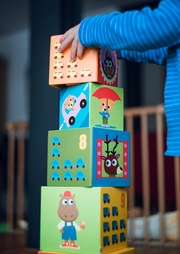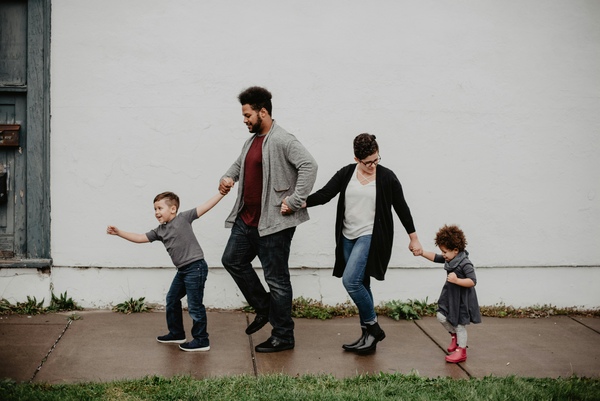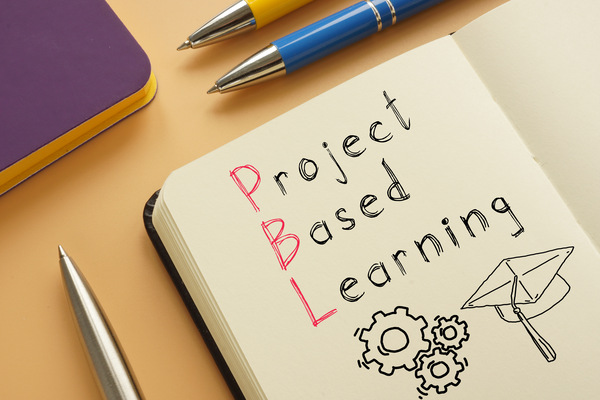What to Do if You Suspect Your Child Has Hearing Difficulties
If you suspect that your child may have hearing difficulties, it is important to book an appointment to have their hearing evaluated as soon as possible. The earlier your child’s hearing loss is detected, the sooner it can be addressed, and this is critical for the development of their speech, language, and social skills.
Here is an overview of signs to look out for, how hearing is tested in children, treatment options like hearing aids and cochlear implants, and resources for support.
Signs Your Child May Have Hearing Difficulties
There are some signs that may indicate your child is experiencing hearing challenges. These include the following:
- Not responding when they are called from another room or when their name is called
- Frequently saying “huh?” or “what?” and needing repetition
- Turning up the volume very loud on music, television, or electronic devices
- Having speech that is unclear or delayed for their age
- Not following directions correctly
- Paying more attention when facing the speaker
- Being easily startled by unexpected sounds
- Having frequent ear infections
If you notice any of these signs, it’s a good idea to schedule a hearing test for your child. Some hearing loss symptoms can be subtle, so it’s better to have their hearing evaluated to identify any issues early.
Getting Your Child’s Hearing Tested
Hearing tests for babies and young children are easy and painless. An audiologist will start by reviewing any signs of hearing loss you’ve observed and your child’s medical history. The testing itself is play-based and rewards the child for responding to a variety of presented sounds. The most common tests include:
- Otoacoustic emissions (OAEs): A small earpiece plays soft clicking sounds into the ear canal to measure the inner ear response. It’s a simple, non-invasive way of testing a baby’s or child’s hearing.
- Auditory brainstem response (ABR): Sensors measure the brain’s response to sounds played through earphones during this painless test.
- Visual reinforcement audiometry: Sounds are played from speakers and the child is rewarded with toys when they turn towards the source of the sound.
- Play audiometry: The audiologist teaches the child to perform a task like dropping a block in a bucket every time they hear a tone.
These tests allow audiologists to determine the degree, type, and configuration of your child’s hearing loss if it is present. If hearing loss is suspected, your doctor may recommend additional tests to identify any underlying medical conditions.
Treating Childhood Hearing Loss
If your child is diagnosed with hearing loss, early intervention is key. The two main treatment options are hearing aids and cochlear implants. Here is how they differ:
Hearing Aids
Hearing aids are devices worn in or behind the ears that amplify sounds electronically. They are suitable for both temporary hearing loss like that caused by ear infections as well as permanent sensorineural hearing loss. Digital hearing aids allow audiologists to program amplification characteristics specifically for your child’s needs.
Today’s hearing aids for kids are smaller, more colorful, and more advanced than ever. Features like Bluetooth connectivity to stream media or phone calls directly into hearing aids improve hearing on phones. Noise reduction technology filters out distracting background sounds in noisy environments like classrooms. Your audiologist will help determine the best hearing aid model, features, and fitting for your child.
Cochlear Implants
For severe-to-profound hearing loss, a cochlear implant may be recommended. This small electronic device is surgically placed under the skin behind the ear. It stimulates the auditory nerve directly, bypassing damaged parts of the ear. Sounds from the environment are picked up by a microphone and transmitter on the outside and converted to electrical signals that create a representation of sound in the brain.
Today’s cochlear implant processors and programming are light years beyond older technology. The latest processors have features like dual microphones to improve hearing in noisy environments, Bluetooth connectivity, and rechargeable batteries. Implant programming can be adjusted remotely as your child’s hearing needs change. While it takes time to adapt to understanding new sounds, cochlear implants allow even deaf children to develop excellent speech and language skills.
Communicating with Your Child
If your child is diagnosed with hearing loss, you may need to adapt how you communicate with them, while teaching them how to listen and learn.
Here are some communication tips:
- Face your child when speaking so they can see your facial cues.
- Speak a little slower and enunciate more clearly but use a natural tone and volume.
- Reduce any background noise when possible.
- Get your child’s attention before starting to speak.
- Use gestures and facial expressions to aid their understanding.
- Keep instructions simple and repeat or rephrase them if needed.
- Be patient and give your child time to respond.
- Encourage them to tell you if they don’t understand.
- Stay positive and praise all communication efforts, even mistakes.
A speech therapist can provide more tips for fostering your child’s speech and language development.
Next Steps After Diagnosis
If your child is diagnosed with hearing loss, the next step is beginning early intervention as soon as possible. Be sure to explore all communication options, like speech therapy, sign language, and total communication. Having support from other parents, teachers of the deaf, audiologists, and speech therapists is invaluable for helping your child thrive with hearing loss. Always advocate for your child’s needs at school and in their medical care. With the right support, today’s kids with hearing impairments can develop speech, language, social skills, and literacy on par with their hearing peers.
If you suspect your child may be having trouble hearing, schedule a hearing test with an audiologist right away. Early detection and intervention for hearing loss in children are crucial for development. Today’s hearing aids and cochlear implant technology provide incredible benefits for kids with hearing impairments. Combined with supportive therapies and education, children with hearing difficulties can gain tremendous communication abilities. With the proper treatment, support, and your advocacy, your child can thrive and succeed despite hearing loss. The key is to remain positive.





